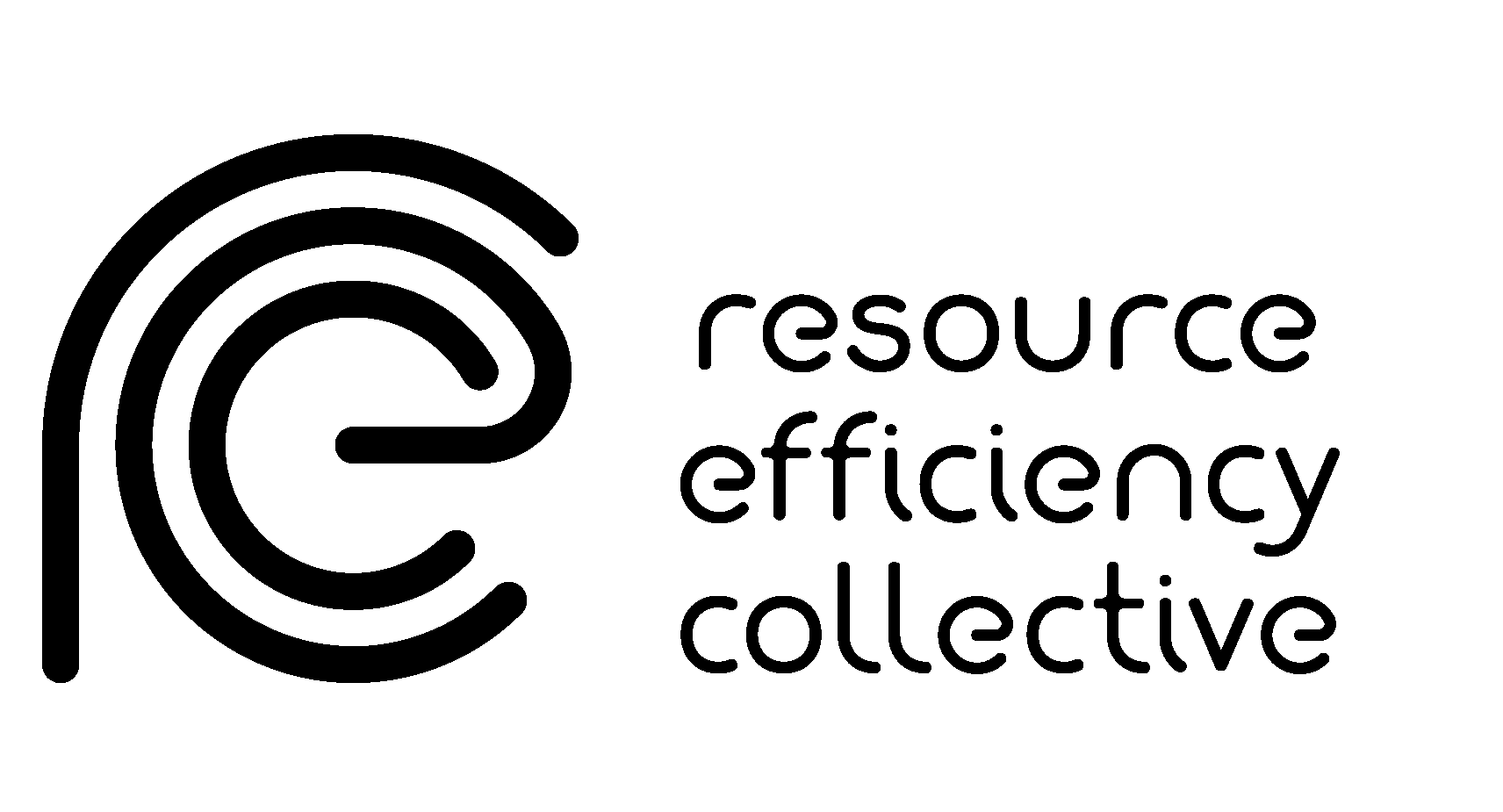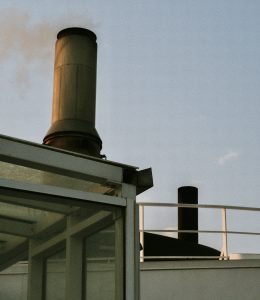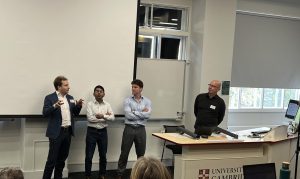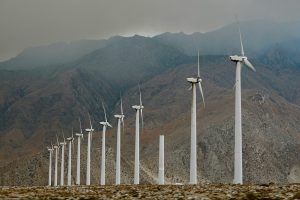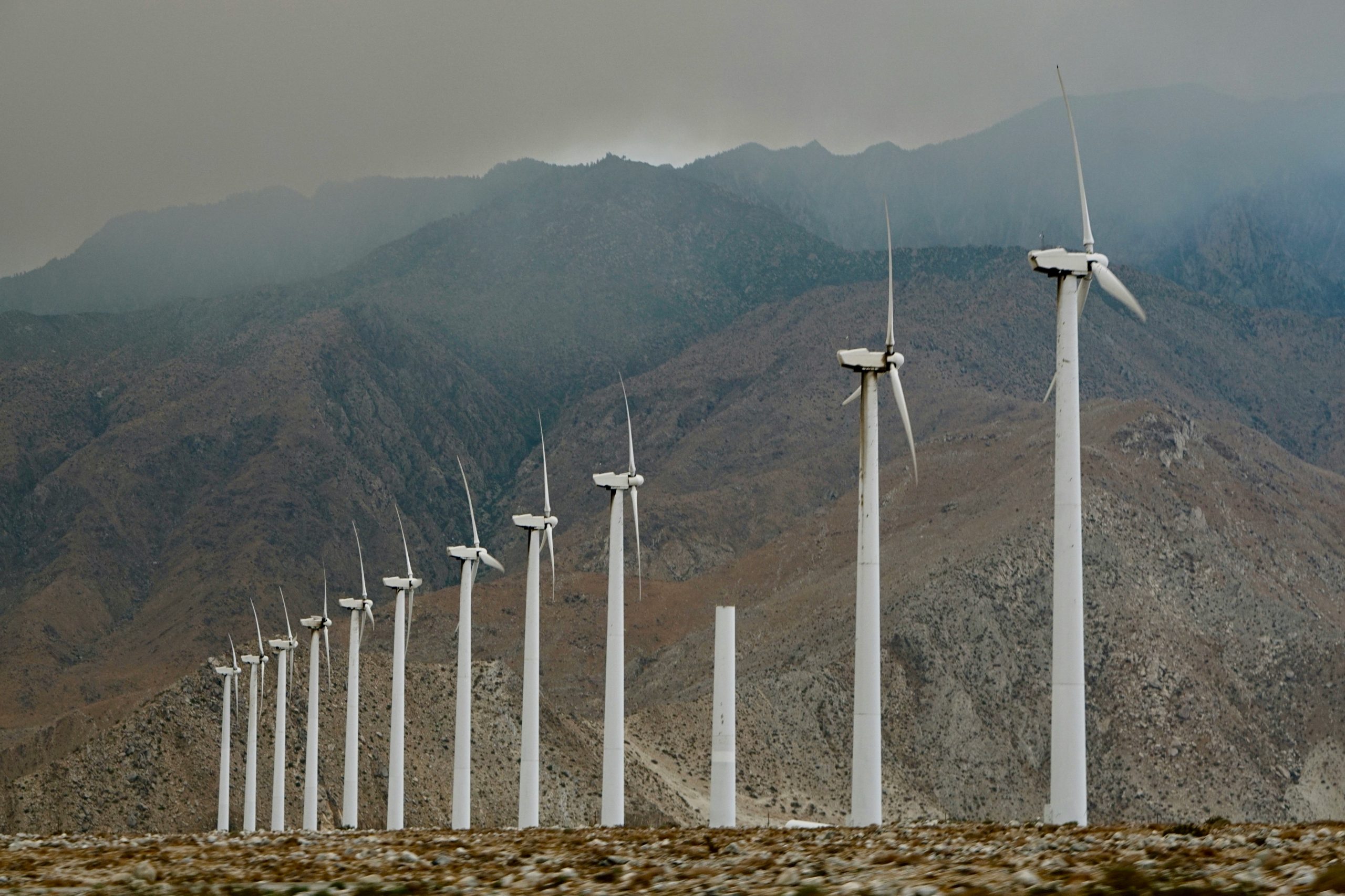A stock-flow-service nexus vision of the low-carbon economy
There is much political interest around the idea of building a low-carbon economy. This study uses a stock-flow-service nexus to evaluate seven key strategies available to reduce carbon emissions and maintain economically viable and healthy societies.
Strategies for a low-carbon economy
Three supply-focused energy strategies have been proposed to reduce carbon emissions in line with the 2015 Paris Agreement targets:
Clean electricity (renewables and nuclear)
Switching from fossil fuels to biofuels and biomaterials
Carbon capture and storage
These umbrella strategies are focused on energy reductions because approximately 73% of carbon emissions are generated during electricity and heat production and by fossil fuel-consuming vehicles.
However, we make the case that a low-carbon economy cannot be achieved via energy policies alone. This is because energy requires materials for its production and distribution and because an economy is an equation with both a supply side and a demand side.
A low-carbon economy is more than electricity generation. It is also built by sustainable transport, shelter and other types of material infrastructure that support human activity and societal function. All such infrastructure is in turn built and maintained using considerable amounts of material stocks and flows.
For a more holistic assessment of a low-carbon economy, demand-side strategies, from the resource use-phase through to disposal, would need to be assessed and proposed. A literature review led to the identification of four complementary strategies:
Material circularity (enhancing end of life recovery, reuse, and/or repurposing)
Product material efficiency (reducing the resource intensity of products during their use, e.g. making products weigh less, or reducing single-use plastics)
Service sufficiency (promoting greater access to and quality of services without increasing resource consumption per unit of service provided).
Process resource efficiency (improving industry productivity relative to resource input and output).
These encompass material efficiency and demand-side aspects of the resource use equation.
Evaluating low-carbon economy strategies using a stock-flow-service nexus
The challenge is to create a low-carbon economy that maintains or improves service access and quality whilst simultaneously consuming an absolute lower level of resource use (stocks and flows) relative to the resource intensity of business-as-usual scenarios.
To analyse the seven strategies listed above, we need to assess their impact on energy and material consumption, stock levels, service provision, and carbon emissions. One way to do this is through a nexus framework. A ‘nexus’ allows us to identify and quantify the complex interplays between different types of resources. It helps us understand the potential implications of an action taken in one part of a complex system on processes and matter in other parts of the system.
We used a stock-flow-service nexus in this study to demonstrate that energy is not the only input in service provision and emissions. A nexus approach could also be valuable for evaluating the performance and impact of the seven proposed strategies for building a low-carbon economy.
Read the full article by Gabriel Carmona, Kai Whiting, and Jonathan Cullen: A stock-flow-service nexus vision of the low carbon economy.
Photo credit: Christophe Dion
